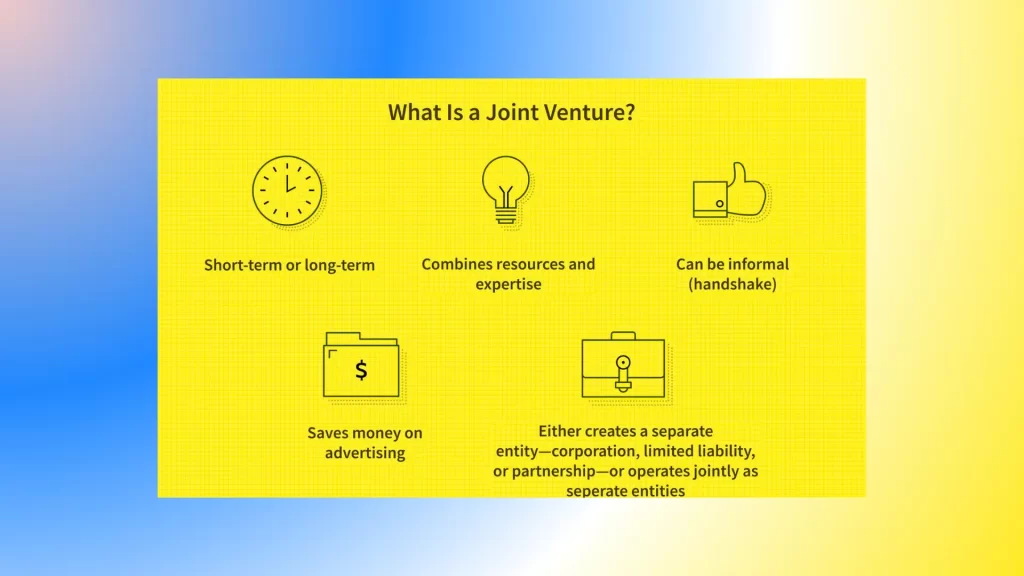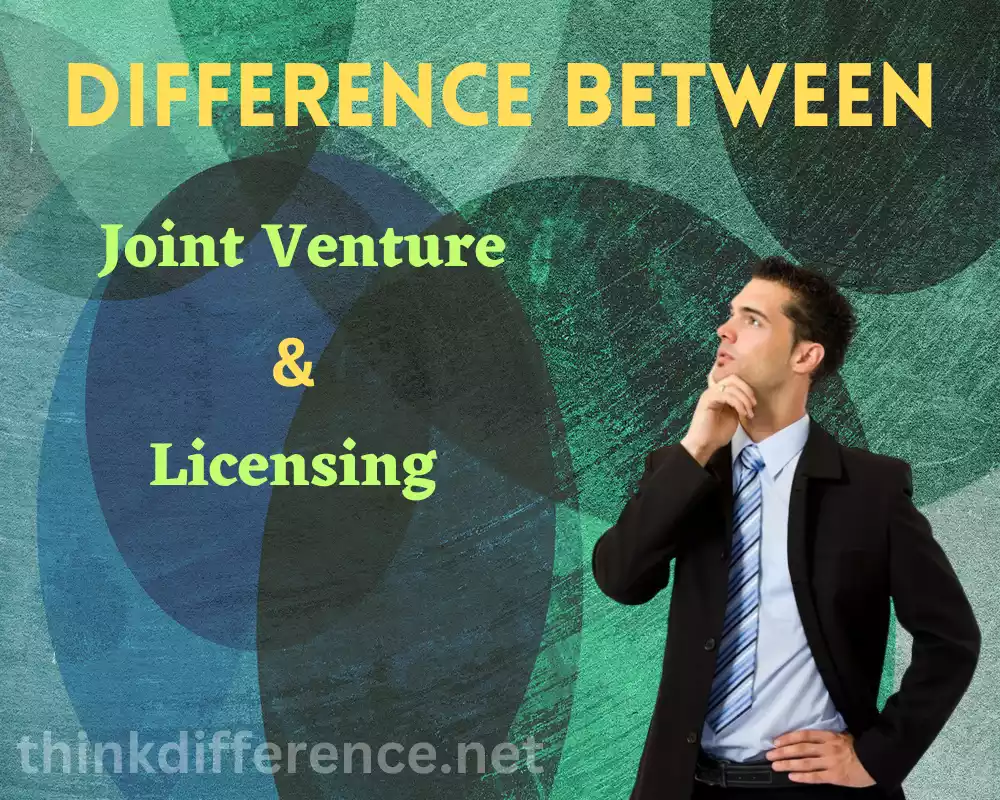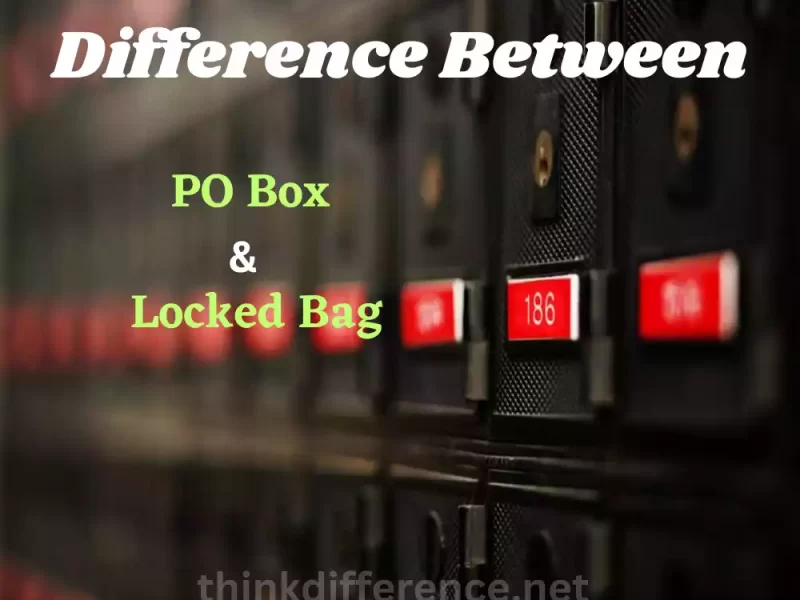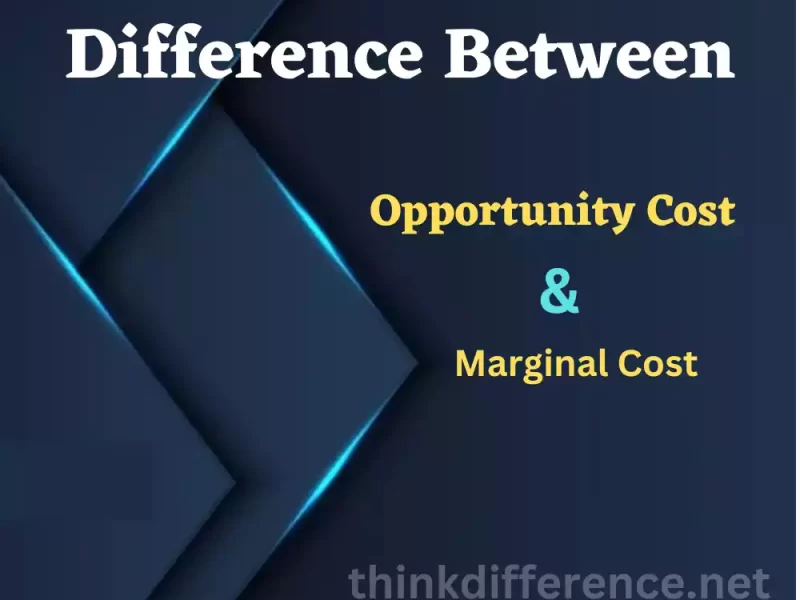Joint Venture and Licensing arrangements can provide businesses with two business strategies for expanding, optimizing resources, and entering new markets. Both methods entail collaboration among two or three parties but their purpose and structure differ, so let us look into their benefits here in this article.
What is Joint Venture?
Joint ventures (JVs) are business arrangements in which two or three separate entities (typically companies) come together to form one partnership or entity and pursue specific business goals or projects as one unit. In a joint venture, the participating entities contribute resources, expertise, and capital, while sharing the risks, rewards, and control over the venture.

It involves a collaborative effort where the entities pool their strengths and combine their resources to achieve mutual benefits, such as market expansion, technology sharing, or cost reduction. Joint ventures are legal entities that operate autonomously from each other entity they come together with and typically define their structure, governance and responsibilities in contracts or agreements.
Types of Joint Ventures
Joint ventures come in all forms depending on their purpose and composition of participants, from traditional partnerships with shared goals amongst stakeholders, to more complicated arrangements aimed at meeting one goal or another.
Here are a few common types of joint ventures:
- Equity Joint Venture: In an equity joint venture, the participating entities contribute capital and resources to form a new entity with shared ownership. The profits, losses, and control of the joint venture are divided according to the equity ownership percentages of the partners.
- Contractual Joint Venture: A contractual joint venture is formed through a contractual agreement between the participating entities. This type of joint venture does not involve the creation of a new legal entity. Instead, the entities collaborate on a specific project or venture while maintaining their separate legal identities.
- Cooperative Joint Venture: A cooperative joint venture involves entities that collaborate for a specific project or venture while retaining their individual identities. The participating entities enter into a cooperative agreement to work together, share resources, and jointly pursue a common objective.
- Consortium: A consortium is a type of joint venture where multiple entities come together to bid for and execute large-scale projects or contracts. Each consortium member contributes their expertise, resources, and capabilities to complete the project collectively.
- Strategic Alliance: Although not always considered a traditional joint venture, a strategic alliance involves two or more entities entering into a cooperative agreement to pursue common goals. Strategic alliances can include joint marketing efforts, technology sharing, research and development collaborations, or distribution partnerships.
Joint venture arrangements vary according to needs, objectives, legal frameworks and jurisdictions in which it operates.
Advantages and Disadvantages
Advantages of Joint Ventures:
- Access to New Markets or Technologies: Joint ventures provide an opportunity to enter new markets or gain access to technologies, resources, or distribution channels that may be otherwise difficult or costly to acquire independently.
- Risk Sharing: By partnering with another entity, risks associated with a particular project or business venture can be shared. This can help reduce the financial and operational burden on each party involved.
- Shared Expertise and Resources: Joint ventures allow entities to leverage each other’s expertise, knowledge, and resources. By combining strengths, the joint venture can benefit from complementary skills and capabilities, leading to improved decision-making and operational efficiency.
- Cost Savings: Joint ventures that share resources and take advantage of economies of scale can significantly cut production, procurement, research & development and R&D expenses.
Disadvantages of Joint Ventures:
- Complex Decision-Making Process: Joint ventures require collaboration and agreement between the participating entities, which can sometimes lead to complex decision-making processes. Differing opinions, conflicting interests, and communication challenges may slow down the decision-making process.
- Potential Conflicts and Disagreements: With multiple entities involved, conflicts of interest and disagreements may arise regarding strategic direction, resource allocation, profit distribution, or decision-making authority. Resolving such conflicts can be time-consuming and may strain the relationship between the joint venture partners.
- Shared Profits and Losses: In a joint venture, profits and losses are typically shared between the participating entities according to their agreed-upon ownership percentages. This means that entities may have to share profits even if they have contributed more resources or efforts than the other party.
- Potential Loss of Control: In some joint ventures, entities may have to compromise or relinquish a certain degree of control over decision-making and operations. This loss of control may limit the flexibility and autonomy of each participating entity.
Any business considering entering into a joint-venture should carefully weigh both its potential advantages and drawbacks before entering. Successful ventures only emerge if conducted with due care, with agreements made clear between all involved.
What is Licensing?
Under a licensing agreement, intellectual property owners grant third-party exploit or commercialization permission in return for agreed upon terms – typically financial compensation – usually over an agreed-upon time frame.

Intellectual property encompasses intangible assets like trademarks or copyrights; trade secrets; proprietary technologies. A licensing agreement establishes rights, restrictions and obligations between both licensor and licensee regarding use and protection of intellectual property.
Licensees have access to intellectual property that was developed or created without having to recreate or develop it themselves, thus benefitting both parties as they each offer unique strengths and resources.
Licensing agreements vary considerably based on the intellectual property type and industry it covers. They’re also dependent on any negotiated terms between licensor and licensee that could include length and scope of licensing agreement; geographical territory restrictions. Quality control measures or royalty payments as well as sublicensing and exclusivity rights.
Types of Licensing
Different licensing agreements may be created depending on the nature and scope of an intellectual property’s usage and scope.
Below are examples of popular types of license agreements:
- Trademark Licensing: Trademark licensing refers to granting another party permission to utilize your brand or trademark for products and services. This type of licensing allows the licensee to benefit from the established reputation and recognition associated with the trademark.
- Copyright Licensing: Copyright licensing refers to granting another party permission to reproduce, distribute or display copyrighted materials such as music, artwork or software that has been exclusively owned or licensed to them. This allows the licensee to utilize the creative expression and intellectual property protected by copyright law.
- Patent Licensing: Patent licensing involves giving another party permission to utilize, produce or sell inventions protected by valid patents. The licensee gains the right to utilize the patented technology or process in exchange for royalty payments or other financial arrangements.
- Software Licensing: Software licensing allows the licensee to use a specific software application or program. End user licensing allows individuals and organizations the privilege of using software; business licenses allow such software to be licensed commercially.
- Franchise Licensing: Franchising refers to the practice of permitting another party to conduct business under an established brand, standard business model and operational framework from an franchisor. The franchisee pays fees and royalties to the franchisor in exchange for the right to use the brand, trademarks, and business system.
- Merchandising Licensing: Licensees have the option to utilize images, likenesses and branding of individual characters, celebrities and brands as part of merchandise such as clothing, toys, collectibles, accessories or apparel for commercial sale. This type of licensing is commonly seen in the entertainment and sports industries.
- University or Research Licensing: Universities and research institutions often license their intellectual property, such as inventions, discoveries, or scientific advancements, to commercial entities for further development, commercialization, and market implementation.
Licensing agreements may be tailored and include various forms of licensing depending on the needs and goals of both licensee and licensor, these details typically being agreed in a legally-binding contract.
Advantages and Disadvantages
Advantages of Licensing:
- Market Expansion with Minimal Investment: Licensing allows a licensor to expand its market reach without the need for significant investments in manufacturing, distribution, or marketing. By licensing the intellectual property to other entities, the licensor can leverage their existing capabilities, resources, and distribution networks to enter new markets or reach new customers.
- Access to Established Brands or Technologies: Licensees can benefit from licensing agreements by gaining access to well-known brands, established trademarks, patented technologies, or copyrighted works. This can provide a competitive edge, enhance product credibility, or accelerate innovation by leveraging proven and recognized intellectual property.
- Reduced Risk and Cost: Licensees can mitigate risks and reduce costs associated with research, development, or brand building by leveraging existing intellectual property through licensing. This allows them to focus on product development, marketing, and distribution, while relying on the reputation and proven success of the licensed intellectual property.
- Flexibility and Adaptability: Licensing provides flexibility in terms of product diversification or customization. Licensees can adapt the licensed intellectual property to suit local market preferences, demographics, or specific industry requirements, thereby increasing the chances of success in those markets.
Disadvantages of Licensing:
- Limited Control and Flexibility: Licensing arrangements often entail a loss of control over how the licensed intellectual property is used, marketed, or modified. The licensor may have limited influence over the licensee’s actions, which can potentially impact the reputation or quality associated with the licensed intellectual property.
- Potential Dilution of Brand or Technology: Licensing agreements can dilute the exclusivity or uniqueness of a brand or technology. If the licensed intellectual property is widely sublicensed or used by multiple licensees, it may diminish its perceived value or competitive advantage.
- Dependency on Licensee’s Performance: The success of a licensing arrangement is partially dependent on the performance and capabilities of the licensee. If the licensee fails to effectively market, distribute, or develop the licensed intellectual property, it can negatively impact the licensor’s reputation and financial returns.
- Royalty and Financial Considerations: Licensing often involves financial obligations, such as royalty payments or upfront fees, which can affect the profitability of both the licensor and licensee. Negotiating fair and favorable financial terms is crucial to ensure a mutually beneficial licensing arrangement.
Before entering into any license agreement, both parties should carefully assess its benefits and drawbacks. They should take into account market potential, contract terms, brand integrity and long-term strategic implications; and any possible licensing agreements require both sides to perform due diligence as well as have clear contract terms in order to be successful.
Comparison of Joint Venture and Licensing
Comparison of Joint Venture and Licensing:
1. Purpose and Objectives:
- Joint Venture: Joint ventures are typically formed to pursue a specific business objective or project collaboratively. The participating entities combine their resources, expertise, and capital to achieve mutual benefits, such as market expansion, technology sharing, or risk reduction.
- Licensing: Licensing is primarily aimed at granting permission to another party to use, exploit, or commercialize intellectual property. The licensor allows the licensee to utilize the intellectual property without forming a new entity or engaging in a collaborative project.
2. Ownership and Control:
- Joint Venture: In a joint venture, the participating entities typically have shared ownership and control over the newly formed entity. Decision-making, profit sharing, and operational control are determined through mutual agreements.
- Licensing: Licensors maintain control and ownership over intellectual property while licensing it out to licensees under terms and restrictions set by licensors. Licensees remain independent entities that must abide by any such conditions set by their licensor.
3. Investment and Resource Sharing:
- Joint Venture: Joint ventures involve the sharing of resources, capital, and expertise between the participating entities. Each entity contributes resources and investments to the joint venture, and the risks and rewards are shared.
- Licensing: Licensing arrangements typically do not involve significant resource or capital sharing. The licensor grants the licensee the right to use the intellectual property in exchange for financial compensation, without direct sharing of resources or investments.
4. Risks and Rewards:
- Joint Venture: Risks and rewards in joint ventures are shared between the participating entities based on their agreed-upon ownership percentages. This includes sharing both the potential profits and losses associated with the joint venture.
- Licensing: The licensor retains the majority of the risks and rewards associated with the intellectual property. The licensee benefits from using the licensed intellectual property but may face limited risks compared to the licensor.
5. Decision-Making Process:
- Joint Venture: Decision-making in joint ventures involves collaboration and agreement between the participating entities. Decision-making in joint-ventures often occurs jointly and collaboratively, creating an intricate decision-making process.
- Licensing: Licensing arrangements provide the licensor with greater control over the intellectual property and decision-making. The licensee’s decisions are typically limited to how they use the licensed intellectual property within the parameters defined in the licensing agreement.
6. Flexibility and Adaptability:
- Joint Venture: Joint ventures may provide greater flexibility and adaptability as the participating entities can collectively adjust strategies, modify operations, or reallocate resources to respond to changing market conditions.
- Licensing: Licensing arrangements may offer less flexibility as the licensor retains control over the intellectual property. License agreements may limit a licensee’s rights to modify or adapt intellectual property licensed.
Joint ventures and licensing both offer distinct benefits; ultimately the choice will depend upon each participating entity’s goals, resources and circumstances. It is important for entities to carefully evaluate their objectives, risks, control requirements, and resource sharing considerations before deciding on the most suitable approach.
Successful Examples of Joint Ventures and Licensing

Successful Examples of Joint Ventures:
- Sony Ericsson: From 2001 until 2012, the joint venture between Sony Corporation and Ericsson known as Sony Ericsson operated. Both parties participated equally. Sony Ericsson operated from 2001 until 2012.
- Hulu: Hulu began as a joint venture between NBCUniversal and Disney ABC Television Group to leverage each media corporation’s content libraries and resources and form an accessible streaming service offering TV shows, movies and original programming to their respective viewers.
- Renault-Nissan-Mitsubishi Alliance: The Renault-Nissan-Mitsubishi Alliance is one of the world’s largest automotive alliances formed through joint ventures and strategic partnerships, enabling participating companies to share resources, technologies, and platforms while creating cost savings as well as market expansion opportunities for all parties involved.
Successful Examples of Licensing:
- Walt Disney Company: Disney has achieved remarkable success licensing its intellectual properties such as characters, trademarks and franchises to various companies for licensing agreements to appear on merchandise such as Mickey Mouse toys or clothing emblazoned with Marvel superheroes – this generates revenue while expanding their brand reach and increasing fan engagement with consumers.
- Starbucks: Starbucks has successfully licensed its brand to various companies around the world, allowing them to operate Starbucks-branded stores and sell Starbucks products. This licensing strategy has facilitated the global expansion of Starbucks, as it has partnered with local companies that have a strong understanding of the local market and customer preferences.
- Nike: Nike, a leading sports apparel and footwear company, has successfully licensed its brand to various manufacturers and distributors globally. These licensing agreements allow partners to produce and sell Nike-branded products, expanding the availability of Nike’s products in different markets and segments.
These examples demonstrate the potential for joint ventures and licensing arrangements to facilitate market expansion, leverage complementary strengths, and capitalize on intellectual property. It should be remembered that successful joint ventures depend upon factors like effective collaboration, strategic alignment and due diligence as well as creating value for both parties involved.
Summary
Joint ventures and Licensing present viable strategies for companies aiming to foster growth, expand their market reach, and capitalize on their intellectual property. Joint ventures enable collaboration and resource-sharing among partners, while licensing allows for rapid market entry and brand extension. Businesses must carefully evaluate their objectives, resources, and long-term goals to determine which approach best aligns with their strategic vision.



